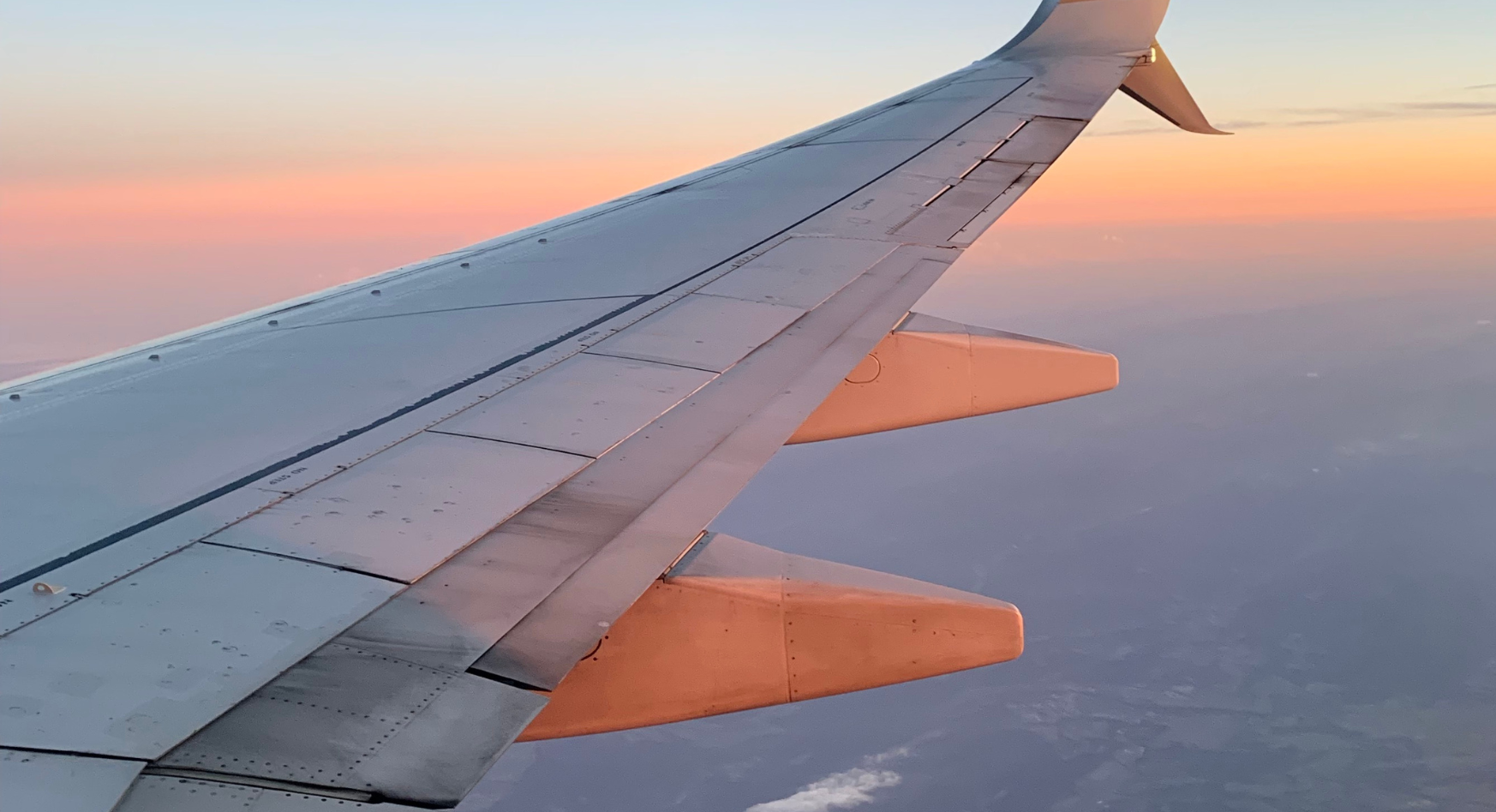Helping Airlines Meet Growing Demand

Welcome to Up Close with Carlyle, where we look at the investment landscape from a different point of view. In each edition, we share insights from executives across our firm. Subscribe here to be notified of future editions.
Now that global air travel has surpassed 2019 pre-pandemic levels,[1] airlines are scrambling to meet growing demand. That requires adding flights, which in turn depends on one key factor: having enough airplanes—a challenge now facing airlines around the world.
In the decade prior to the COVID-19 pandemic, growing GDP and disposable income worldwide fueled a rise in travel and resulted in a decade of consistent industry profitability. Once the pandemic arrived, governments implemented travel policies that attempted to curb the spread of COVID, bringing travel to a standstill that resulted in shutdowns, layoffs, and enormous losses across the aviation industry in 2020 and 2021.
The pandemic also caused commercial airline manufacturers to halt production. Thousands of aircraft that were scheduled to be built simply do not exist. Although manufacturers continue efforts to accelerate production, the COVID halt created not just a structural undersupply of commercial aircraft that will take years to fill, but supply chain and labor shortages that continue to intensify the issue. In fact, industry forecasts indicate a need for more than 40,000 new commercial jets over the next 20 years.[2] Carlyle estimates that level of output will require about $8 trillion of financing.
Exacerbating the lack of aircraft is the post-pandemic recovery of travel, which has bolstered U.S. airlines’ bottom lines. On a year-over-year basis, global airline industry revenue increased by 44% and 23% in 2022 and 2023, respectively.[3] In 2023, global revenue passenger kilometers (RPK), a measure of commercial passenger demand, represented 94% of the 2019 figure, with December 2023 RPKs in North America and Latin America exceeding the figure for the same month in 2019.[4]
Currently enjoying improved operating margins, strong profitability and demand growth, airlines are grappling with how to increase capacity amid a shortage of airliners that is likely to persist for quite some time. That’s a major challenge — and one that creates several opportunities for aviation financiers:
Fleet leasing[5]
Today, airlines lease about 50% of their fleet and hold about 50% on their balance sheets. In the near term, we expect the leased percentage to grow to about 55% as airlines put some of their capital to other uses. The largest part of the leasing market involves financing about $145 billion in new-plane deliveries each year. New-equipment leases, therefore, constitute a major part of aviation finance.
Secondary trading
We estimate that pre-pandemic secondary trading in aircraft was $35 billion annually and expect similar transaction volume in the future. Balance-sheet lessors holding speculative orders with a manufacturer seek to transfer their lease before accepting delivery of the new aircraft coming off the assembly line. We believe that this need creates other financing opportunities, especially for established players. Armed with years of expertise and market cycle experience, we believe industry veterans will be better positioned relative to newcomers who arrived in the industry during the recent period of ultra-low interest rates.
Niche financing opportunities
Additional aviation financing opportunities exist as well, including the purchase, sale, and lease of aircraft from current airline operators, and taking part in purchase-finance arrangements with carriers and manufacturers. We believe that accessing these opportunities, like those generally in private credit markets, typically requires managers with in-depth knowledge of their niche market, strong research capabilities, and a wide network of contacts regularly seeking their expertise to solve complex financing needs.
As business conditions improve, the aviation industry’s 2024 forecasted profits exceed $30 billion, up from more than $27 billion in 2023.[6] With several signs pointing to continued growth, profitability and financial strength, the increasingly healthy airline industry will need significant investments of capital in a variety of forms to meet demand. In this environment, we believe aviation finance will continue to play a significant role in meeting the capital demands of the global aviation industry.
Robert Korn is Co-Founder and President of Carlyle Aviation Partners. Javier Meireles is the group’s Chief Financial Officer and Chief Operating Officer.
Carlyle Aviation Partners leverages its broad platform, in-depth industry knowledge and footprint as a global lessor to provide financing solutions and liquidity to airlines and seeks to generate favorable returns to investors.